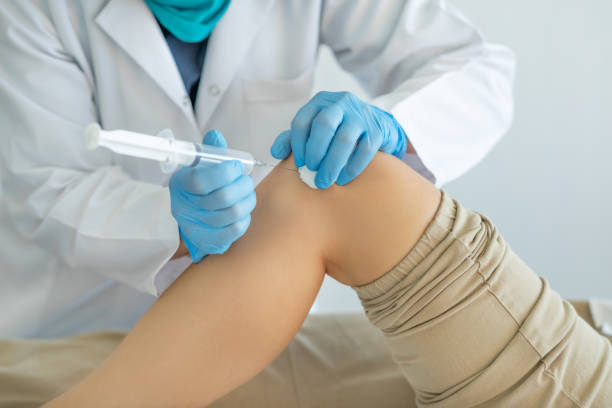Stem cell therapy is a treatment that uses the patient’s own cells to heal damaged tissues. The patient’s bone marrow is aspirated for cells, which are then injected with concentrated platelet-rich plasma (PRP), a component of the patient’s blood with high levels of growth factors that prompt cells to produce more growth factors and anti-inflammatory stem cell therapy for thumb injury. Platelet-rich plasma is obtained by centrifuging a blood sample.
Regenerative medicine
Regenerative medicine is a treatment that uses the body’s own cells to regenerate damaged tissues and repair pain. Advanced technologies are allowing physicians to harness the body’s natural ability to heal and repair damage. Patients with a thumb injury can use this technology to help restore their range of motion and prevent future problems. Patients can also use autologous biologic grafts from their own bodies as treatment. These treatments can be used to treat a variety of conditions, including thumb injuries.
The process of regenerative medicine for thumb injuries can be performed with little or no downtime. The procedure is an outpatient procedure. Because it doesn’t require hospitalization, most people are able to recover quickly from their injury. Unlike surgery, patients can avoid side effects of surgery by using stem cell therapies. In addition, stem cell therapy doesn’t require the use of medications over the long-term. Patients may experience mild swelling and some pain at the injection site, but these are minimal and can usually be treated with medications.

Bio-restorative stem cell therapy
Stem cells are the foundation of the human body, and the injection of them into damaged tissue may help speed up the healing process. They also contain the ability to develop into different cell types. Unlike other forms of treatment, stem cell therapy does not require the patient to undergo surgery. Instead, concentrated autologous stem cells are injected into the affected area to foster tissue regeneration. This non-surgical treatment may help speed up the recovery process and minimize pain and inflammation.
Repetitive stress injuries are a group of disorders that can affect the wrist, forearm, and hand. Symptoms may range from fatigue to loss of strength. Traditionally, treatment for thumb injuries has been limited to bandages and other conservative measures. But today, stem cell therapy is replacing traditional surgical treatments and has gained widespread popularity in high-profile sportspeople. In addition to providing relief from pain and increasing function, the procedure can also slow the degeneration of the thumb joint.
Microfracturing
In this procedure, a patient’s own cells are used to regenerate damaged tissues and help heal the joint. The cells are obtained from the patient’s bone marrow, which is extracted with minimal discomfort. After being purified, the stem cells are then injected into the affected area. They are often combined with platelet rich plasma (PRP), a type of blood that contains many growth factors and anti-inflammatory molecules.
The stem cells are concentrated in a laboratory and injected into the injured part of the thumb. This treatment enhances the body’s natural ability to heal itself, reducing pain and inflammation and helping the patient get back to doing the things they love. Once the injections are complete, patients can usually go home. They can also expect a quick recovery. In many cases, patients see results in as little as two months.

Autologous stem cells
Researchers at the University of California, San Francisco, have developed an autologous stem cell treatment for patients suffering from traumatic thumb injuries. The cells are designed for transplantation into the patient because of their low incidence of rejection and marked proliferative potential. They were harvested from the patient’s bone marrow and injected into a persistent skin defect. The patient showed immediate recovery with no recurrences or transplant-associated complications.
When used as an alternative to surgery or other treatments, stem cell therapy works in concert with the body’s own regenerative abilities to repair damaged areas. While the human body is incredibly resilient, our bodies’ natural healing capacity deteriorates as we age. While a child may recover from a thumb injury in days, an adult may take months to recover. Autologous stem cells stimulate the body’s own regenerative mechanisms, reducing pain, inflammation, and regenerating tissues.

